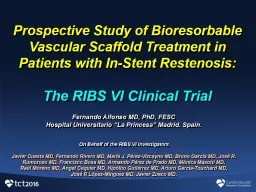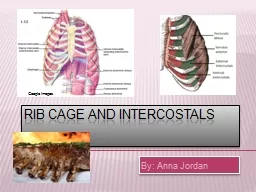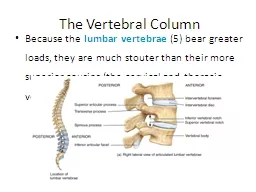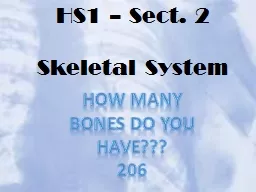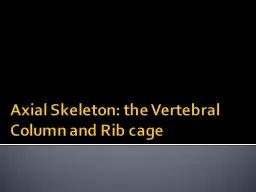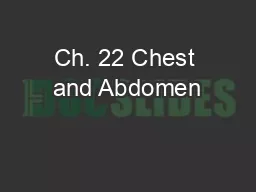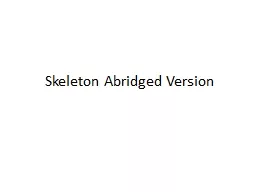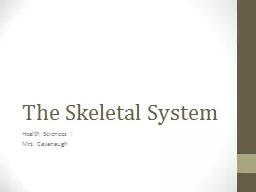PPT-RIBS VI:
Author : liane-varnes | Published Date : 2017-04-10
A Prospective Multicenter Registry of Bioresorbable Vascular Scaffolds in Patients With Coronary Artery BareMetal or DrugEluting InStent Restenosis Fernando
Presentation Embed Code
Download Presentation
Download Presentation The PPT/PDF document "RIBS VI:" is the property of its rightful owner. Permission is granted to download and print the materials on this website for personal, non-commercial use only, and to display it on your personal computer provided you do not modify the materials and that you retain all copyright notices contained in the materials. By downloading content from our website, you accept the terms of this agreement.
RIBS VI:: Transcript
Download Rules Of Document
"RIBS VI:"The content belongs to its owner. You may download and print it for personal use, without modification, and keep all copyright notices. By downloading, you agree to these terms.
Related Documents

